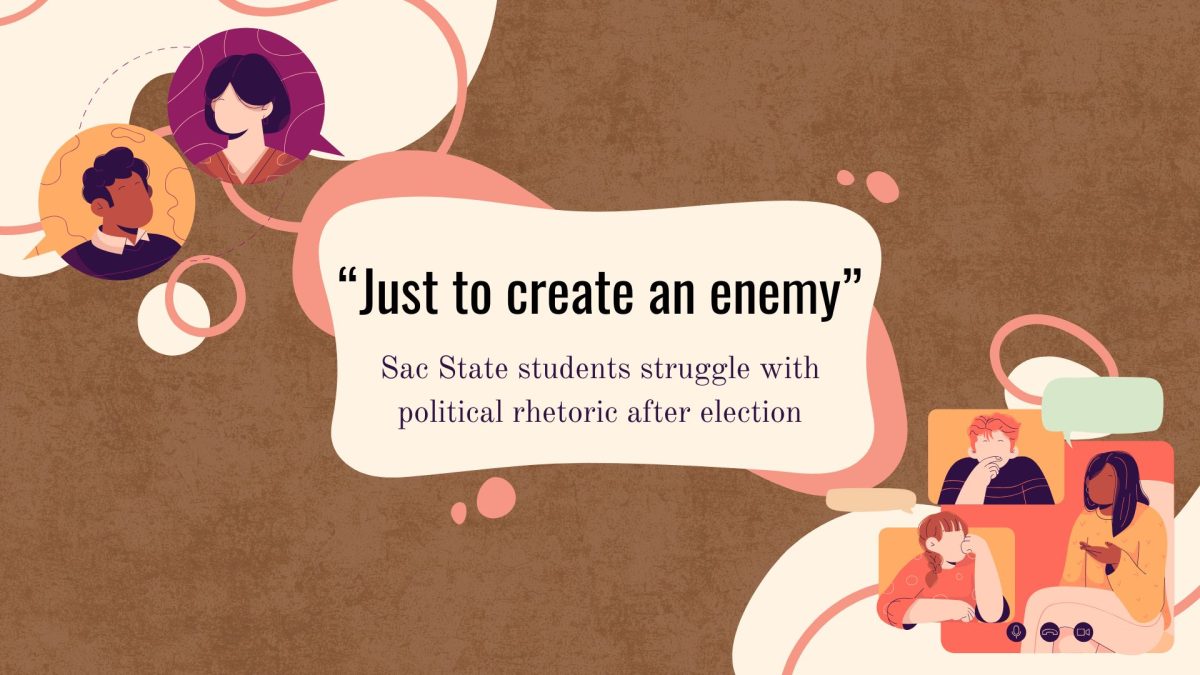Social values struck down in Toni Morrison?s “The Bluest Eye”
February 21, 2001
Meet Pecola Breedlove.
Pecola is a young, black girl who wishes to have the bluest eyes so she can feel beautiful, be loved and feel accepted in society. Her world abhors her dark skin and brown eyes.
Pecola will do anything to get her blue eyes. At one point she seeks out advice from a strange fortune teller, Soaphead Church. After Pecola tells Soaphead Church her plight, he then leads her into believing that killing a dog he despises will somehow transform her brown eyes into blue. After the dog dies, Pecola runs away in terror and convinces herself that she has the bluest eyes.
Pecola is not the main character in Toni Morrison’s “The Bluest Eye.” There are no main characters, but Pecola is Morrison’s mascot for her theme that deals with a deconstruction of social values.
In this book, Morrison fervently tackles a depressing issue of how everyone is taught to only believe that the standard beauty requires one to be blonde and blue-eyed. Morrison cleverly uses Pecola and other characters as a soapbox to narrate her feelings about what she was taught to believe about her culture and the idea of beauty.
Unlike a lot of African-American authors, Morrison doesn’t only focus on the racial dynamics of white vs. black, but black vs. black. Morrison does a fantastic job in eerily describing the inviolable connection between dark-skinned African-Americans and light skinned ones.
“The Bluest Eye” was published in 1970. During this time, racism and oppression were talked about. However, the idea of what is beauty got lost in the whirlwind of American civil rights rallies, bra-burning demonstrations and anti-war protests. Nevertheless, Morrison got her points across and they’re heard loud and clear to this very day.
Morrison uses poetry, prose and long extensions of uninterrupted dialogue to convey her thoughts about racism, beauty and abandonment. When you read “The Bluest Eye,” you’ll understand why Morrison is a Nobel and Pulitzer Prize winning author. You’ll also understand that beauty is not necessarily in the eye of the beholder.




























































































































